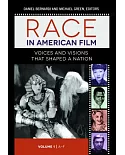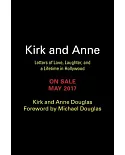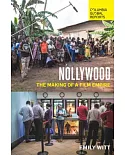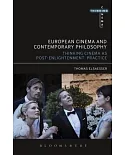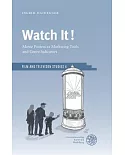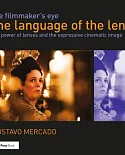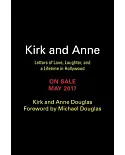The novel and the film are two modes of representation based on different aesthetic tools, but both are capable of articulating narrative discourses. Here author Norberto Minguez-Arranz offers
a comparative analysis of the methods and mechanisms with which the novel and the film build their stories. A theoretical framework that puts into perspective such concepts as specificity,
representation, and point of view gives way to a comparative study of five Spanish postwar novels and their respective film adaptations: The Family of Pascual Duarte, Time of Silence, The Hive,
El Bosque Animado, and Nuevas Amistades. By using this particular time and place as his locus of analytical thought, Minguez-Arranz provides an invaluable examination of two of this century's
major creative forms.







